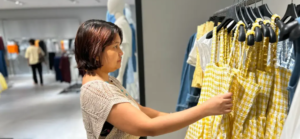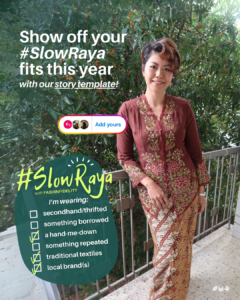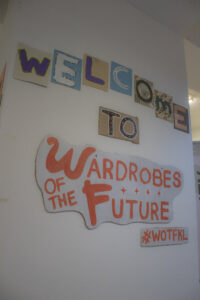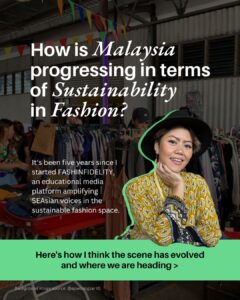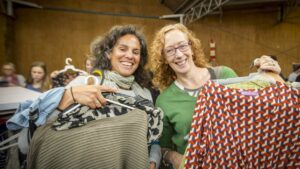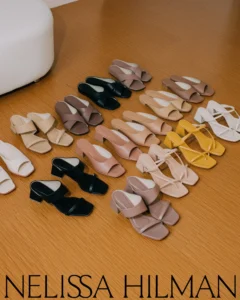
#FFSpotlight: Sparking Conversations on Mental Health with Olivia McQuie
Fashion student Olivia turned her personal challenges into a groundbreaking research project on mental health in fashion education. Through her work at RMIT, she’s proving that wellbeing and creativity can coexist — and showing how open conversations, flexible learning, and care-led classrooms can transform the next generation of fashion professionals.

